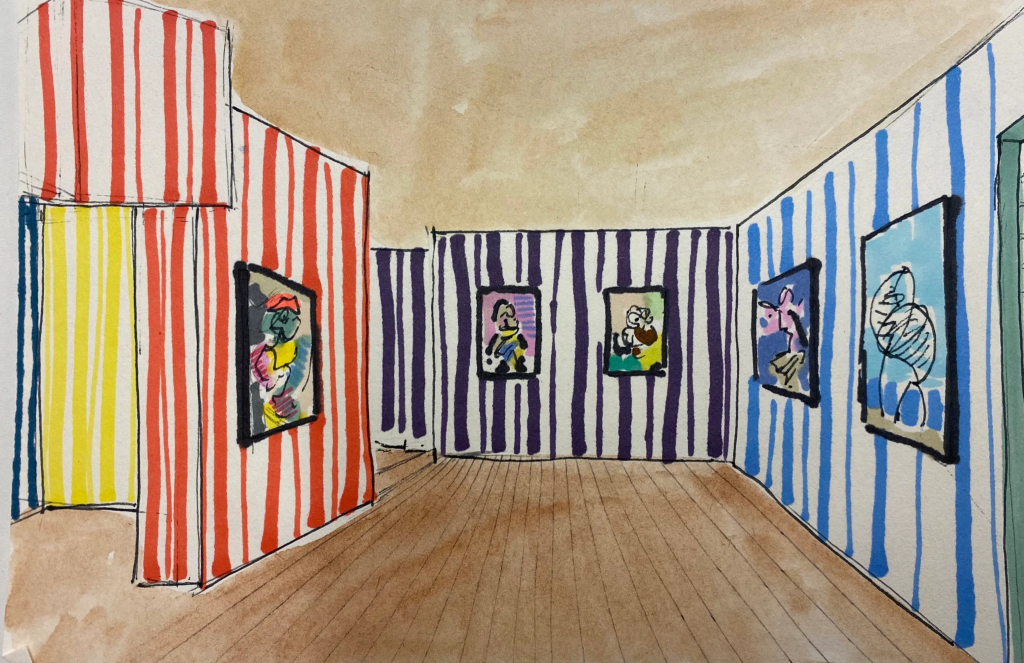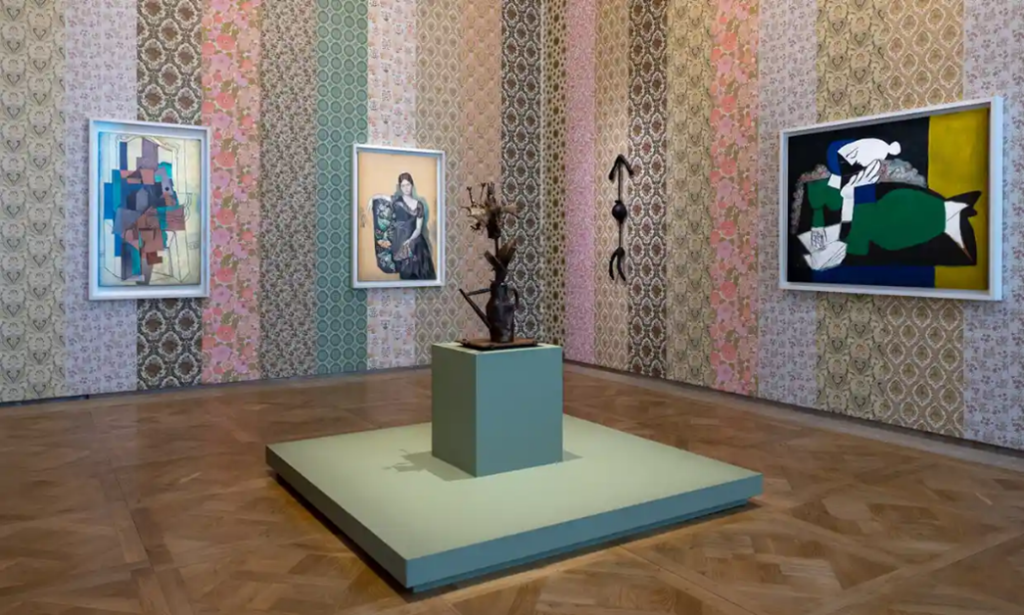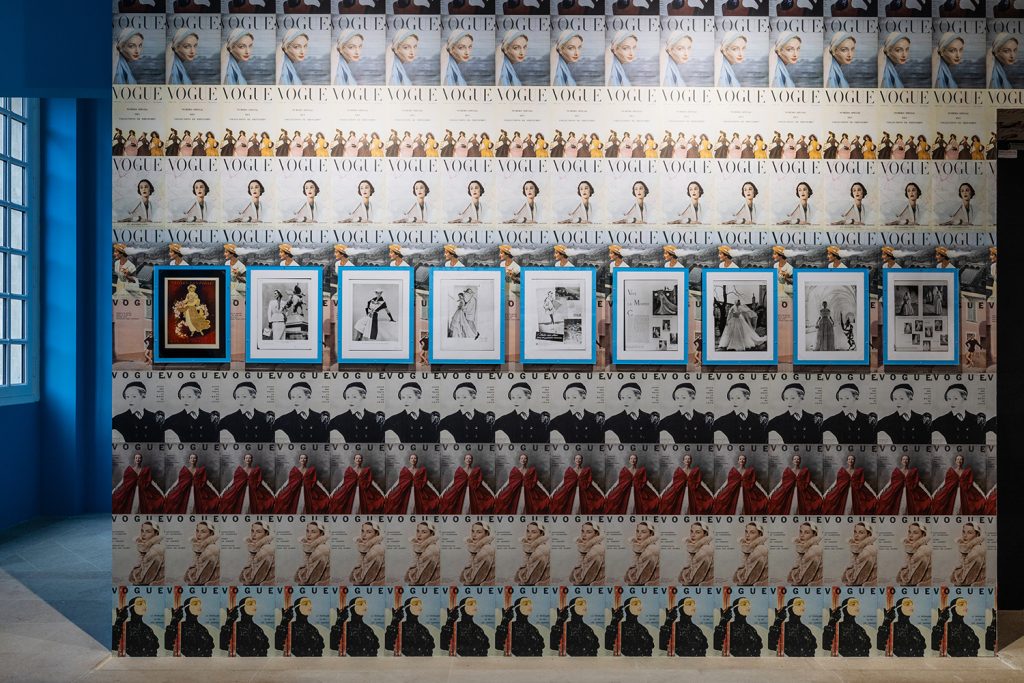Tsuktiben Jamir
There is no denying that the great Picasso was an incredibly talented artist who advanced and revolutionised painting in ways that few, if any, other artists had. He would dissect an object into its bare essential components, excluding what was not important and highlighting what was. His bull series, which spans from realistic to very abstract, is one great example. Even if the extraneous details have been removed, the most abstract image still clearly depicts a bull. The photorealism is gone, but the bull is still there. Such was the wonders this man performed.

Courtesy: Galeries Bartoux
Pablo Picasso was born in 1881 and engraved his name in the world of modern art through his unique and true-to-self artworks.
It is his alleged controversial past that is pushing the Paris Picasso Museum to rethink on the layouts and designs of the museum as they are not willing to take any chances since this troubled past of his has come to light. This was mainly caused by his alleged mistreatment of his wives, lovers and other women he was intimately involved with.
This controversy was reignited when students staged a protest inside Picasso Museum in Barcelona, Spain May 27, 2021 led by their art teacher as a means of condemning the alleged accusation against the late artist. In light of this circumstances, the employers of the Paris Picasso Museum have resorted to substantially reinventing their display rooms in an effort to regain the favour of a younger generation that has turned away from the prominent Spanish artist because of the issues surrounding his alleged mistreatment of women and the usage of artefacts from Africa.
Cécile Debray, the President of the Museum told The Guardian, “We wanted to open up the museum, reach a wider audience and bring in all those debates: on women, post-colonial issues and politics. Bringing in new and contemporary artists shows that we’re open to all the debates on Picasso. We put these questions on the table and discuss them without claiming to have all the answers. We wanted to make Picasso relevant.”

The man in charge of redesigning the rooms of the museum was Paul Smith who was quite apprehensive initially, due to his very little knowledge about the artist himself. However, his humorous work was perceived as teasing out fresh perspectives on the artist, through his incongruous backdrops. He told The Newspaper, “In this very homogenised and organised world, I was allowed to be totally spontaneous. The brief was: you’re free to interpret Picasso’s work however you want.”
We now see a shift from the typical modernist “white box” where modern art is displayed at museums, to flashy askew posters, vintage floral wallpapers and brown kraft paper in the backdrops of Picasso’s masterpieces that consists of 5,000 works and 200,000 items from the artist’s studio and personal collection.
Smith has told The Newspaper that jazz music will be played at the background and old fashion magazine pages will be pasted on the walls as wallpaper. Picasso’s artwork will be displayed in one area by vertical lines of contrasting colours that run the length of the wall from floor to ceiling.
This definitely ought to bring back a generation of art lovers into the lap of the controversial artist’s museum to appreciate what his art represents and portrays. This really begs the question: is it really possible to separate the art from the artist?






